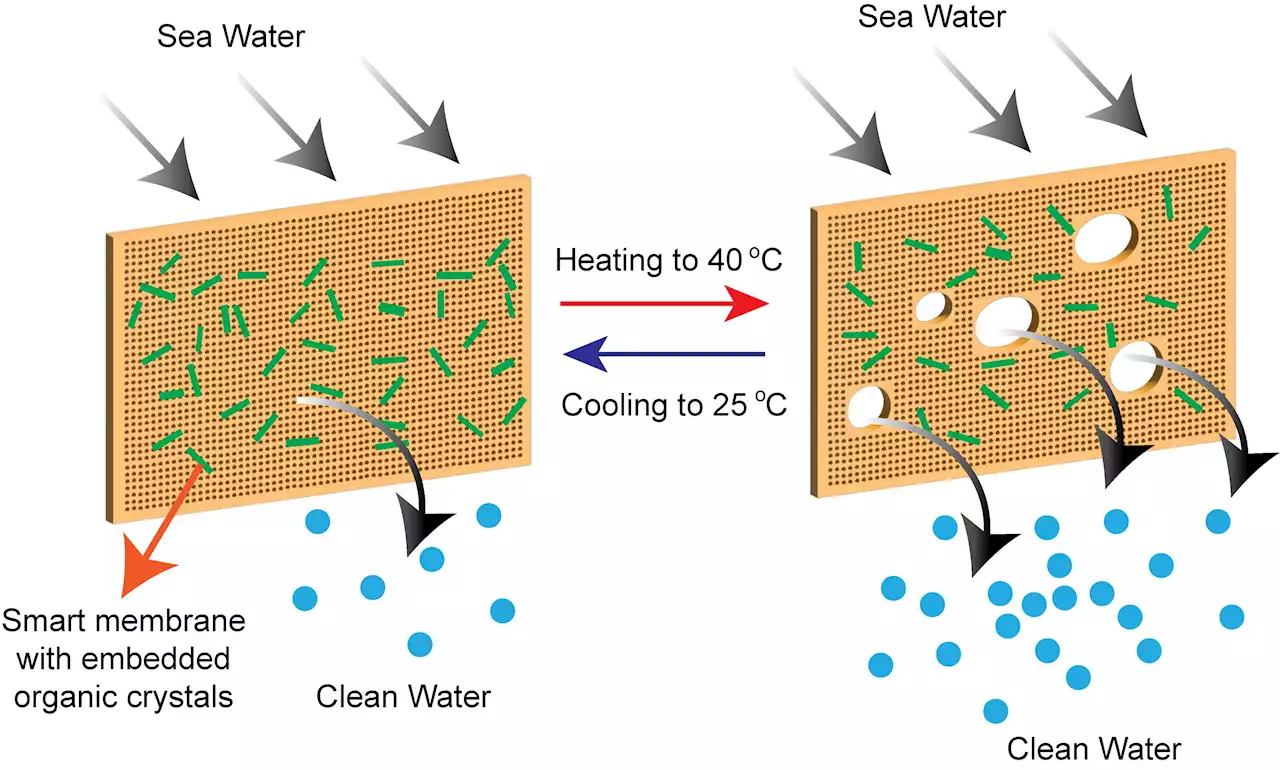Researchers have made a significant finding in determining the genetic background of dilated cardiomyopathy in Dobermanns. This research helps us understand the genetic risk factors related to fatal diseases of the heart muscle and the mechanisms underlying the disease, and offers new tools for their prevention.
Researchers from the University of Helsinki and the Folkhälsan Research Center, together with their international partners, have identified the genetic background of dilated cardiomyopathy, a disease that enlarges the heart muscle, in dogs and humans.
"The situation with Dobermanns is serious in terms of both their health and breeding. The disease has been studied from various angles for decades without significant gene discoveries. Better diagnostic tools are needed, particularly in early diagnostics. Our new research might improve the situation," says Professor Hannes Lohi, the principal investigator in the project.
"The genetic mapping we conducted produced important observations. Until now, it has been unclear whether Dobermanns with differing symptoms have the same disease. The genes we identified are only associated with a dilated heart and affected cardiac function. Arrhythmia appears to be a genetically distinct disease. Our dataset was insufficient to identify genes causing arrhythmia only.
United States Latest News, United States Headlines
Similar News:You can also read news stories similar to this one that we have collected from other news sources.
 Decoding depression: Researchers identify crucial biomarker that tracks recovery from treatment-resistant depressionA team of leading clinicians, engineers, and neuroscientists has made a groundbreaking discovery in the field of treatment-resistant depression. By analyzing the brain activity of patients undergoing deep brain stimulation (DBS), a promising therapy involving implanted electrodes that stimulate the brain, the researchers identified a unique pattern in brain activity that reflects the recovery process in patients with treatment-resistant depression. This pattern, known as a biomarker, serves as a measurable indicator of disease recovery and represents a significant advance in treatment for the most severe and untreatable forms of depression.
Decoding depression: Researchers identify crucial biomarker that tracks recovery from treatment-resistant depressionA team of leading clinicians, engineers, and neuroscientists has made a groundbreaking discovery in the field of treatment-resistant depression. By analyzing the brain activity of patients undergoing deep brain stimulation (DBS), a promising therapy involving implanted electrodes that stimulate the brain, the researchers identified a unique pattern in brain activity that reflects the recovery process in patients with treatment-resistant depression. This pattern, known as a biomarker, serves as a measurable indicator of disease recovery and represents a significant advance in treatment for the most severe and untreatable forms of depression.
Read more »
 'Do not anthropomorphize plants,' say plant and forest researchersPlants are often attributed with abilities similar to those known in the animal or human world. Trees are said to have feelings and can purportedly care for their offspring, like mothers. In an article in the review journal Trends in Plant Science, 32 international plant and forest researchers followed up on such assertions.
'Do not anthropomorphize plants,' say plant and forest researchersPlants are often attributed with abilities similar to those known in the animal or human world. Trees are said to have feelings and can purportedly care for their offspring, like mothers. In an article in the review journal Trends in Plant Science, 32 international plant and forest researchers followed up on such assertions.
Read more »
 Researchers develop biodegradable optical fiber to measure or modulate electrical current in the bodyElectrical signals control a vast number of activities in the human body, from exchanges of messages between brain neurons and stimulation of the heart muscle to the impulses that enable hands and feet to move, among many other examples. To monitor or modulate these signals for medical purposes, a biocompatible and biodegradable optical fiber based on agar, a substance extracted from Gracilaria seaweed, has just been developed.
Researchers develop biodegradable optical fiber to measure or modulate electrical current in the bodyElectrical signals control a vast number of activities in the human body, from exchanges of messages between brain neurons and stimulation of the heart muscle to the impulses that enable hands and feet to move, among many other examples. To monitor or modulate these signals for medical purposes, a biocompatible and biodegradable optical fiber based on agar, a substance extracted from Gracilaria seaweed, has just been developed.
Read more »
 New self-cleaning membranes developed by researchers dramatically improve efficiency of desalination technologiesA team of NYU Abu Dhabi (NYUAD) researchers has developed a new kind of self-cleaning, hybrid membrane that provides a solution that overcomes significant challenges that have, until now, limited desalination technologies.
New self-cleaning membranes developed by researchers dramatically improve efficiency of desalination technologiesA team of NYU Abu Dhabi (NYUAD) researchers has developed a new kind of self-cleaning, hybrid membrane that provides a solution that overcomes significant challenges that have, until now, limited desalination technologies.
Read more »
 Starting next year, researchers will seek relatives of long-lost Oakwood Cemetery residentsThe project aims to track the lineage of the centuries-old people whose graves were forgotten. Researchers say it's one of the first studies to ever do so.
Starting next year, researchers will seek relatives of long-lost Oakwood Cemetery residentsThe project aims to track the lineage of the centuries-old people whose graves were forgotten. Researchers say it's one of the first studies to ever do so.
Read more »
 Creating New States of Matter – Researchers Invent Two New Types of SuperconductivityElectronics of the future hinge on the discovery of unique materials. Sometimes, however, the naturally occurring topology of atoms makes it difficult for new physical effects to be created. To address this, scientists from the University of Zurich have now successfully designed superconductors one
Creating New States of Matter – Researchers Invent Two New Types of SuperconductivityElectronics of the future hinge on the discovery of unique materials. Sometimes, however, the naturally occurring topology of atoms makes it difficult for new physical effects to be created. To address this, scientists from the University of Zurich have now successfully designed superconductors one
Read more »
